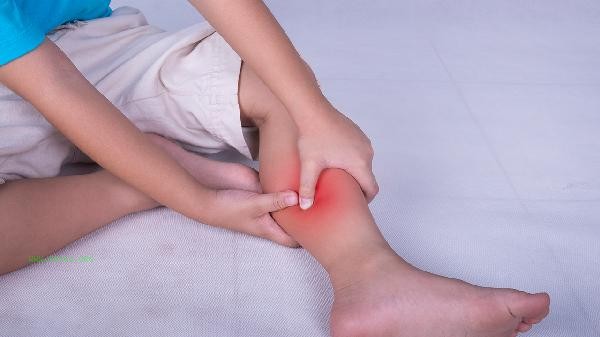Sit ups mainly exercise core muscle groups such as rectus abdominis, external oblique abdominis, and iliopsoas, while assisting in stimulating quadriceps femoris and back muscles.

1. Rectus abdominis
The rectus abdominis muscle is the main target muscle for sit ups, located on both sides of the midline of the abdomen. Through trunk flexion movements, the upper part of the rectus abdominis exerts significant force during the standing phase, while the lower part participates in contraction to maintain pelvic stability. Long term regular training can enhance abdominal strength and help shape the vest line, but attention should be paid to movement standardization to avoid neck compensation.
2. External oblique muscle
The external oblique muscle is located on both sides of the abdomen and is more activated in twisting sit ups. When the body rotates to the opposite side, this muscle controls the amplitude of movement through centrifugal contraction, which can improve core rotation ability and help reduce fat accumulation on the waist side. During training, a slow pace should be maintained to strengthen muscle control.
3. Iliopsoas muscle
The iliopsoas muscle connects the lumbar spine and thigh bone, assisting in hip flexion during the up phase of sit ups. Excessive reliance on the iliopsoas muscle may lead to increased pressure on the lumbar spine. It is recommended to cooperate with abdominal movements to distribute the load. People who sit for long periods of time are prone to muscle tension, so it is necessary to fully stretch before and after training.

4. During sit ups, fixing the lower limbs will activate the static contraction of the quadriceps and other anterior thigh muscles. Although not the main exercise goal, it can enhance lower limb stability. When both feet are completely flat or pressed by others, the participation of the quadriceps muscle will significantly increase, which may affect the effectiveness of abdominal training.
5. Back muscles
Deep back muscles such as erector spinae and multifidus play a buffering role during the descent phase of movements, protecting the spine through centrifugal contraction. Irregular rapid movements may lead to muscle compensation in the back. It is recommended to control the falling speed within 2-3 seconds and maintain sustained muscle tension.
When doing sit up training, it is recommended to schedule 3-4 times a week, with 3 groups per time and 15-20 times per group, with a 30 second break between groups. In the initial stage, bending the knee can reduce lumbar pressure, while in advanced stages, inclined plates can be used to increase difficulty. It is necessary to combine aerobic exercise with other core training such as plank support to avoid muscle imbalance caused by a single movement. After training, relaxation movements such as cat style stretching and supine rotation should be performed. Pregnant women and patients with lumbar disc herniation should avoid this training.







Comments (0)
Leave a Comment
No comments yet
Be the first to share your thoughts!